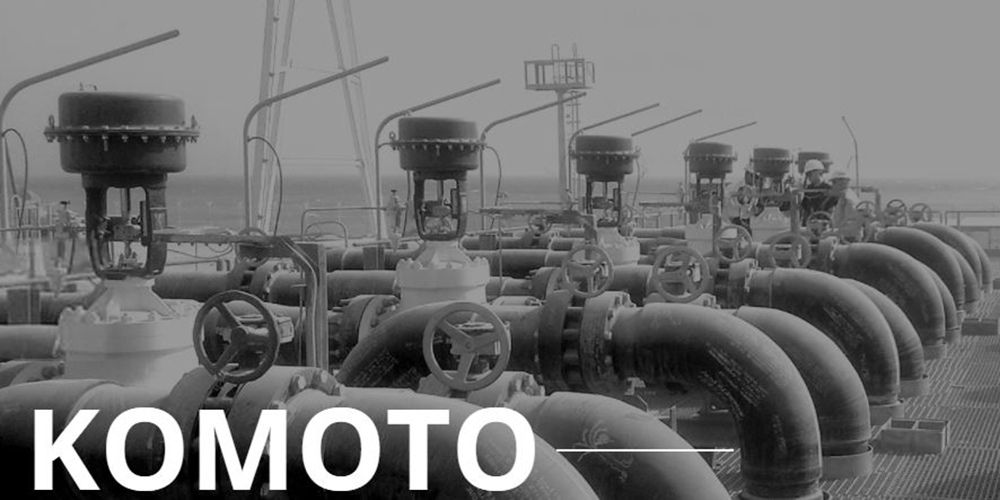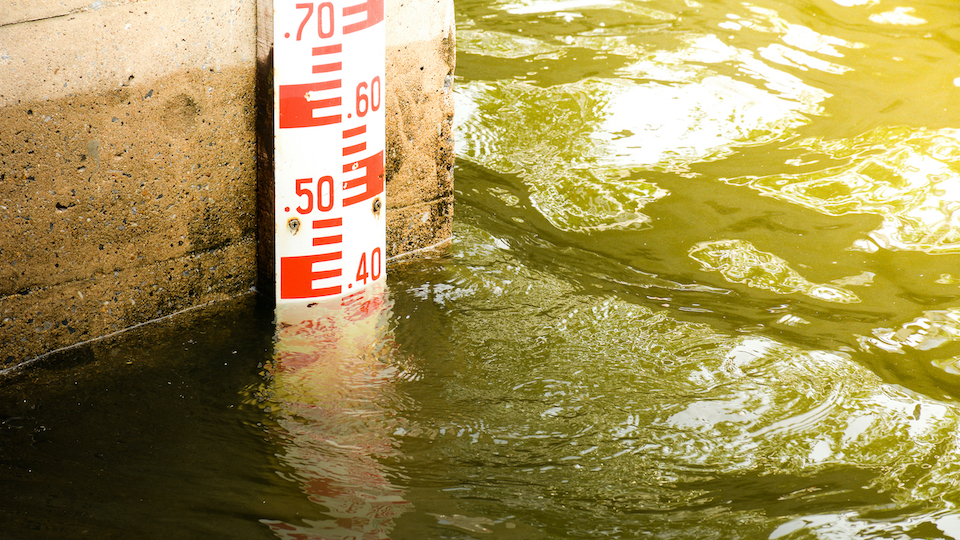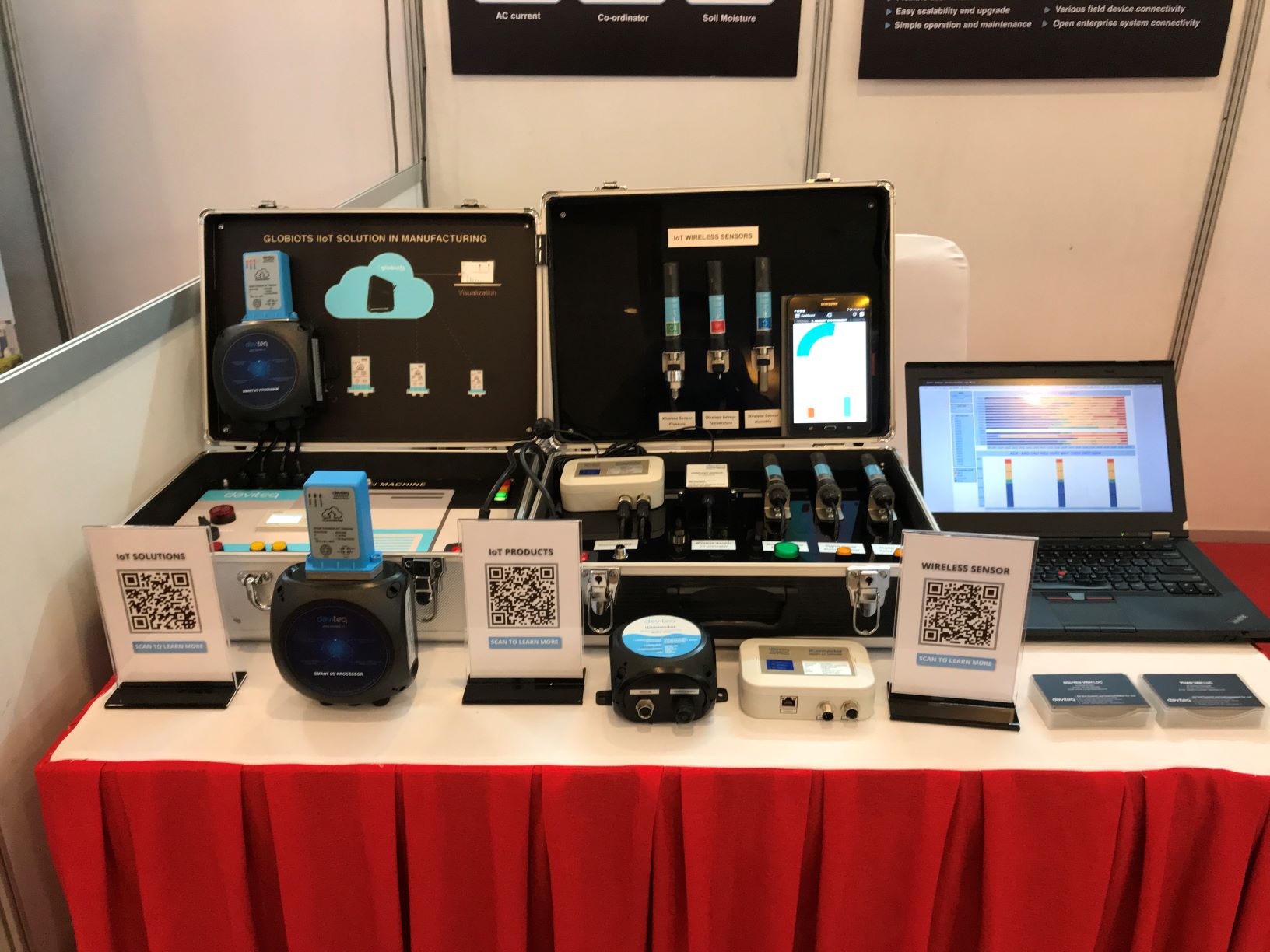Today, the market demand for installation and use of pneumatic control valves is huge, not only in industries but also in applications of daily life. So do you have basic information about this valve yet? If not, let’s find out about its structure and operating principle.
1. Concepts:
Pneumatic Globe Control Valve is a type of valve that allows precise control of flow rate and speed in the system. The pneumatic actuators on these valves use feedback and control signals to precisely open and close the valve.
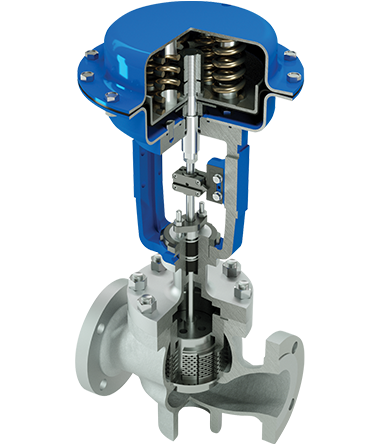
2. Structure:
The structure of the globe control valve consists of two main parts, the pneumatic actuator and the globe valve. There are also other equipments such as: Pneumatic valve positioner, pneumatic solenoid valve…
2.1 Globe valve body
The body of the globe valve is the part that is in direct contact with the main pressurized fluid and is the place where all the valve details are stored. The valve body is usually a two-port type that can be oriented directly opposite each other or anywhere on the body, or together form a 90° angle (angle globe valve).
Globe valves are mainly used for corrosive, high temperature and high pressure viscous fluids. If the globe valve is installed on a horizontal pipe, there will be residual liquid in the valve body that will clog or corrode the valve body if the valve is not used for a long time. To avoid this situation, we can use angle or oblique globe valves. The valve body is usually made from force & heat-resistant alloys such as cast iron, stainless steel, steel…
2.2 Pneumatic actuator
Pneumatic actuators for globe valves typically come in two forms: piston and diaphragm. Unlike the actuators for ball valves and butterfly valves, which use a rotary motion, the globe valve uses sliding motion.
2.2.1 Piston-type pneumatic actuator
Structured and operated like a pneumatic cylinder, including a piston that moves in a cylinder barrel. The globe valve shaft is connected to the piston, when the compressed air pushes the piston up to pull the valve shaft, the valve opens, the compressed air pushes the piston down to push along the valve shaft, the valve closes.
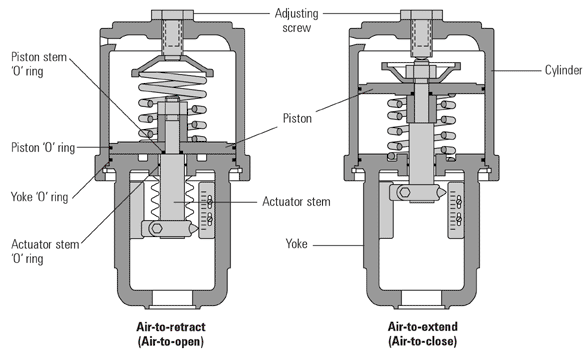
Piston pneumatic actuators are available in two forms: single acting and double acting.
- Double acting type uses the pressure of compressed air to push the piston in both opening and closing processes. In a spring-less double-acting actuator, opening and closing the valve rely entirely on the pressure of the compressed air.
- Single-acting form only use pneumatic pressure during one cycle of opening or closing the valve, and relies on the spring force of an additional built-in spring to carry out the other cycle. This means that a single-acting actuator has one or more springs added to perform either valve opening or closing.
Piston actuators typically have longer stroke and greater thrust than diaphragm actuators.
2.2.2 Diaphragm pneumatic actuator
Is a single acting actuator. Its structure includes: main diaphragm, spring. Works by the elastic force of the spring and the travel of the membrane.
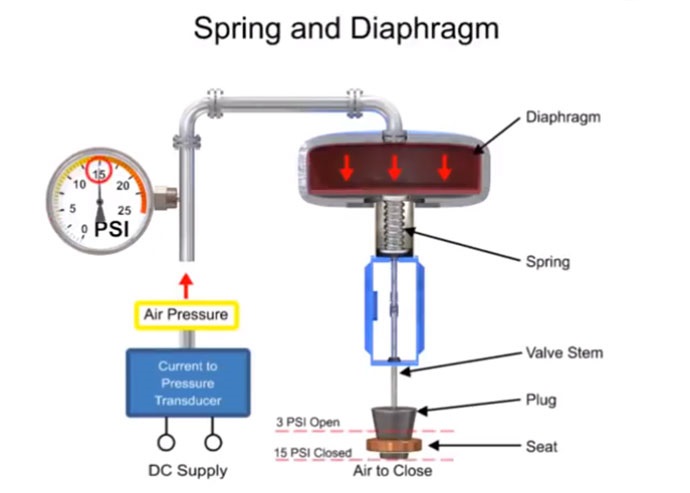
This type of device is commonly used in controlling globe valves because of its low cost, simple structure, easy installation and operation.
2.2.3 Pneumatic valve positioner
What is Positioner? (Pneumatic valve positioner): is a device that works on the principle of force balance to position the control valve disc according to the received pneumatic signal. Positioner will determine the exact position of the valve and supply air to the actuator to open/close at the required angle. The positioner thus ensures stable and accurate operation of the pneumatic control valve.
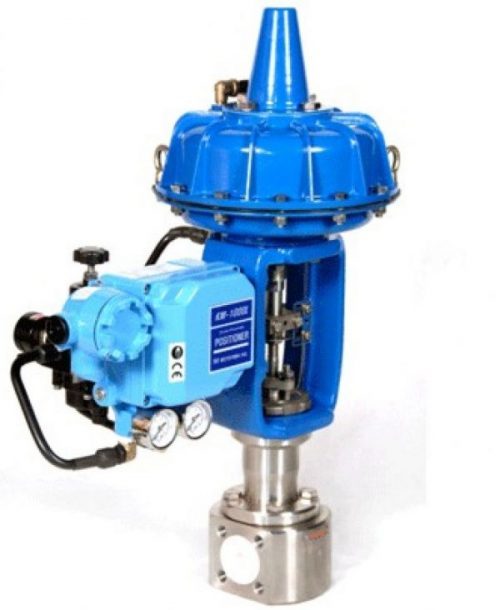
This is an additional device typically fitted to the actuator shaft to monitor valve position and position the valve disc.
3. Structure and operating principle
The operation of a pneumatic globe control valve is divided into two main cycles of opening and closing, in addition, there are smaller cycles for damper valves.
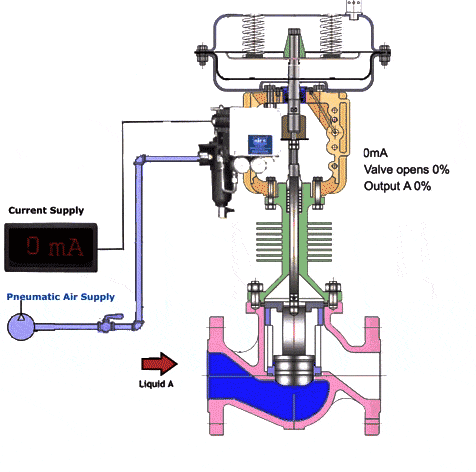
- Valve closing cycle (fully closed)
- When the solenoid valve feeds compressed air to the actuator, the pneumatic pressure pushes the piston or diaphragm by a force that overcomes the elastic force of the spring, which compresses the piston or diaphragm along the valve shaft to the end of the stroke, and the valve closes completely.
- Valve opening cycle (fully open)
- When the solenoid valve stops supplying compressed air and switches to the open state, the compressed air escapes through the opening on the solenoid valve. The elastic force of the spring pushes the piston or the diaphragm, which pulls the valve shaft up, the valve is fully open.
- Regulating cycle (partially open/closed)
- These are small cycles within the open and closed cycles. In this cycle, the pressure of the compressed air only pushes the piston or diaphragm to move a shorter distance than the full valve opening / closing stroke, the purpose is to partially open / close the valve disc for flow control and regulation.
4. Pros and cons
The advantage of a pneumatically controlled globe valve is that it is intrinsically safe, i.e. there is no risk of dangerous fire and explosion, and it can provide a large force to close the valve against high pressure differentials.
Advantages
- Good ability to switch off
- Good flow regulation ability
- The valve opening and closing stroke is shorter than the gate valve
- Simple structure, convenient production and maintenance
- With the disc not attached to the valve shaft, the valve can be used as a check valve
Defect
- The fluid passing through has a significant pressure drop
- With high pressure systems, closing the valve is very difficult due to the fluid pressure effecting the disc
- Valves are not suitable for granular, low viscosity fluid media
- Higher cost than other valves of the same size
5. Application
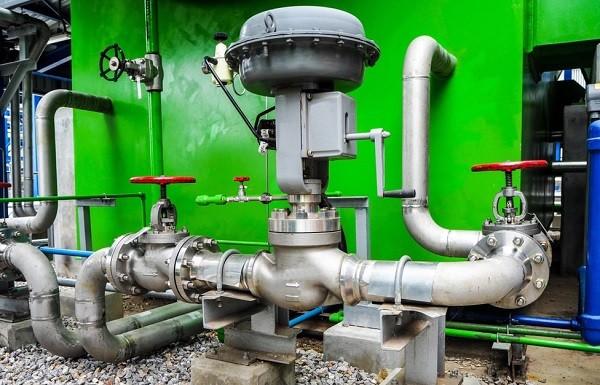
The wide range of applications of pneumatically operated globe valves allows these valves to be used with the most common fluids, including water, hot steam, compressed air, gases and other corrosive liquids.
The following are some typical applications of globe valves:
- Cooling water system where the flow needs to be regulated to save costs
- Fuel oil systems where flow regulation is of great importance.
- Water, chemicals, condensate gases and drainage systems
- Boiler vents, main vents and heat pipes
- Turbine lubrication flow system
After referring to the above information, if you have questions to be answered or need advice on choosing the right type of pneumatic valve, please contact us: Wireless sensors Daviteq Technologies Inc. Not only distributing genuine valves we also offer free consultation, enthusiastic customer support to find the valve that best suits your needs, at the most affordable price.


 Tiếng Việt
Tiếng Việt